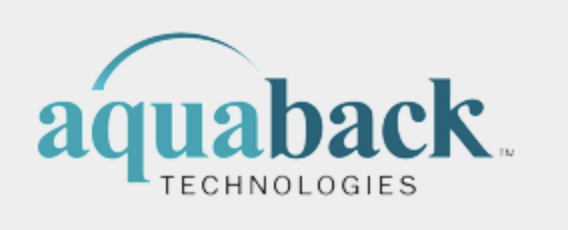History
Introducing the world’s most efficient distiller – the Aquaback Distillation Recycling Module (DRM). Our patent pending technology produces the gold standard of water at or below the operating cost of Reverse-Osmosis water treatment systems.
The revolutionary distiller is the ultimate water machine, converting up to 99% of input water into purified water. Aquaback’s technological breakthroughs enable truly safe water recycling, which increases water supply and effectively addresses water scarcity at any scale.
Mission & History
Aquaback’s mission is to make great water available for all.
That’s why William Zebuhr, founded Aquaback Technologies, Inc. on December 6, 2010. With a core team of experienced individuals. Today, his invention is becoming a reality.
Distillation Overview
Distillation produces the gold standard of water quality; removing all harmful and potentially harmful chemicals, metals, many of which are toxic, illness-causing bacteria, viruses, and parasites, environmentally damaging nitrogen to water bodies, salts, naturally occurring arsenic, radioactivity, gases including methane and ammonia and eliminates hard water.
Distillation is the most fundamental method used by nature to clean water: the sun’s energy evaporates water, which rises upward, leaving impurities behind, to form clouds in the atmosphere. Once the clouds are saturated with water vapor, pure water falls to the ground as various forms of precipitation (rain, snow, sleet, hail).
Human induced distillation as a water purification method has been known and practiced since the 1st century. It is safe and reliable because the water component in a contaminate mix is vaporized as pure water molecules and then condensed as pure water leaving contaminates behind. In traditional distillers, the process is very energy intensive since the heat of vaporization is high and that heat is simply dissipated in the condensation process. As the cost of energy became a concern, inventors developed new, more efficient methods of distillation. Vapor compression distillation is one method, where the majority of the heat of vaporization can be recovered to greatly reduce the energy consumption. However, this is insufficient to be energy competitive with other purification methods. As a result, while providing the highest quality water, distillation has been too energy intensive and therefore too expensive to be competitive with membrane filtration and chemical separation technologies. The high capital cost of large, heavy, inefficient distillation equipment has been a further impediment to the appeal of distillation. Aquaback’s design has solved both these drawbacks with the result that its technology outperforms membrane and other types of purification on all levels and is now the best solution to many purification needs.
Book a Consultation
Lorem ipsum dolor sit amet nullam vel ultricies metus, at tincidunt arcu.



